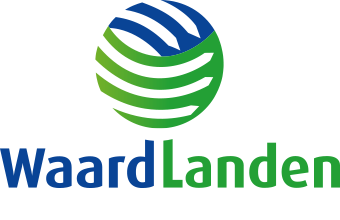Waardlanden collected 7,200 tonnes of paper separately from households in 2019. This contained 1,009 tonnes (more than 1 million kilos!) of products and materials unsuitable for recycling into new paper. Or that interfere with the paper recycling process. The scrap paper company has to extract this contamination and dispose of it as residual waste. This is a lot of work and cumbersome, immediately separating it neatly makes the whole process much smoother. The sorting and waste costs are passed on to Waardlanden. Unfortunately, the same problem occurs with other recyclable materials, such as PMD, VGF, glass and textiles.
Your help in separating paper properly and neatly is indispensable. And it's actually quite easy and straightforward:
By the waste paper, though:
Clean and dry paper and cardboard. For example, newspapers, magazines, leaflets, printables, boxes and cartons, paper bags.
Depending on where you live, you can dispose of your waste paper in a container at home or in collection containers in the neighbourhood. You can find the collection schedule in the waste calendar and in the app.
Not by the waste paper:
- Dirty and wet, like takeaway pizza boxes: not recyclable, put them in the residual waste.
- Plastic: you can't make paper out of that. Beverage cartons, for example, have a plastic layer on the inside to make them liquid-proof. Put them in the pmd.
Old paper becomes new paper
Recycling 1,000 kg of paper saves 3.3 trees. In the Netherlands, 87% of separately collected paper is recycled. Recycling saves more than 7 million trees every year. Old paper is therefore a very important raw material for making new paper.






